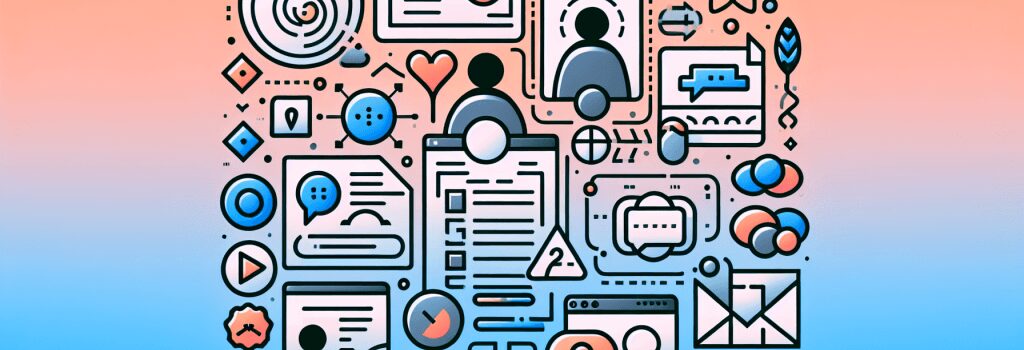Understanding the Basics of User Experience (UX) Design in Web Development

Introduction to User Experience (UX) Design
User Experience (UX) Design plays a crucial role in web development, shaping the way users interact with websites and digital platforms. It goes beyond just the visual aspect of design, focusing on the overall feel, ease of use, and user satisfaction. This comprehensive guide aims to introduce you to the fundamentals of UX design and how it integrates into the web development process.
What Is User Experience (UX) Design?
User Experience Design is a multidisciplinary approach aimed at creating products that offer meaningful and relevant experiences to users. This involves the design of the entire process of acquiring and integrating the product, including branding, design, usability, and function.
Components of UX Design in Web Development
Usability
At its core, usability ensures that a website is easy and intuitive to use. A site with good usability will have clear navigation, understandable content structure, and a design that guides the user through the steps they need to take to achieve their goal, whether it’s making a purchase, signing up for an account, or gathering information.
Interaction Design
Interaction design focuses on how users interact with websites and applications. This includes everything from buttons and links to gestures and animations. The goal is to make these interactions as simple, intuitive, and enjoyable as possible.
User Research
Understanding your audience is paramount in UX design. User research involves various techniques and tools to gather insights into the users’ needs, preferences, and behaviors. This information is then used to make informed decisions about the design and development of a website.
Information Architecture
Information Architecture (IA) is the structure of a website. It involves organizing, structuring, and labeling content in an effective and sustainable way. The goal of IA is to help users find information and complete tasks easily.
Visual Design
While UX design is not solely about visuals, the aesthetic aspect plays a significant role in a user’s experience. Visual design includes the use of color, imagery, typography, and space to create a hierarchy and focus within the page, making it not only functional but also visually appealing.
Implementing UX Design in Web Development
Integrating UX design into web development starts from the ground up. It involves:
– Planning: Beginning with a deep understanding of your users and the objectives of your website or application.
– Design: Creating wireframes and prototypes to visualize the structure and flow of your site.
– Testing: Conducting usability tests to gather feedback and make necessary adjustments before and after launch.
– Iterating: UX design is an ongoing process. After launch, continue to monitor user interaction and make improvements over time.
The Impact of Good UX Design
Websites with good UX design are not only a pleasure to use but also tend to perform better in terms of conversion rates, customer retention, and brand loyalty. A focus on creating a positive user experience can dramatically influence the success of your web development project.
Conclusion
In the rapidly evolving field of web development, keeping the user’s experience at the forefront of your design process is essential. By understanding the basics of UX design – from usability and interaction design to user research and visual design – you can create websites that not only look great but are also user-friendly, engaging, and effective at fulfilling users’ needs and expectations.
Remember, the key to successful UX design is understanding your users, testing your designs, and being willing to make continual improvements based on feedback and performance data. With these principles in mind, you’re on your way to mastering UX design in web development.


